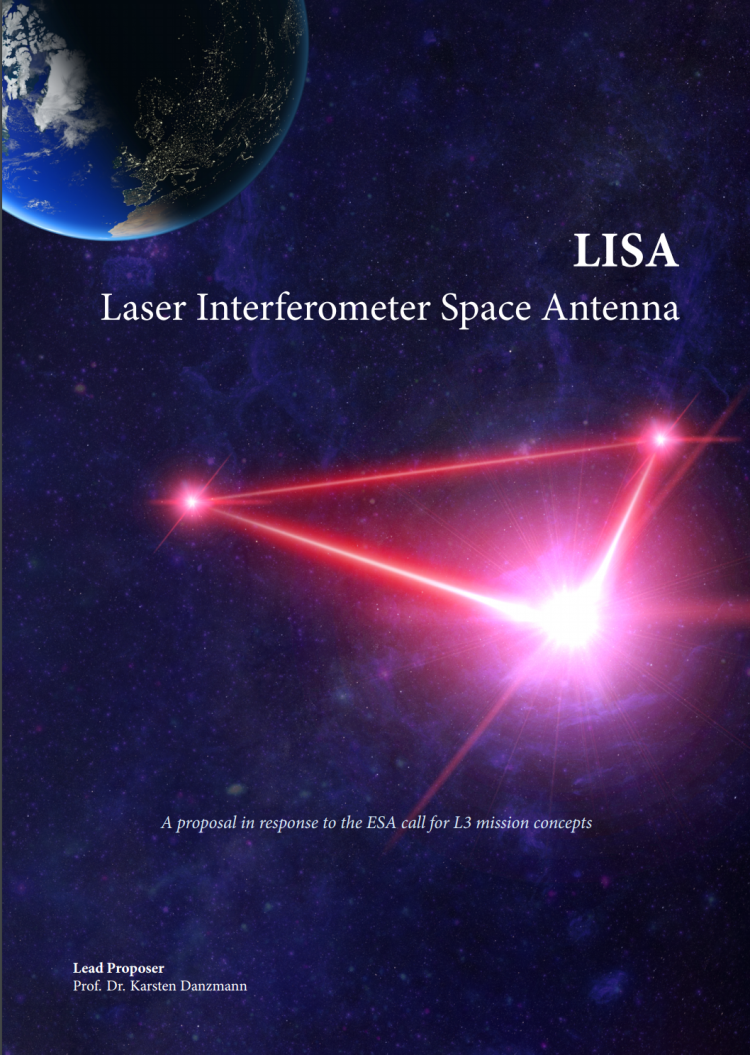The space gravitational wave observatory of the ESA, a little closer [NOT TRANSLATED]

LISA_proposal_cover_2017
The proposal that responds to the call launched by the ESA on October 25 is, according to the same document “fully compatible with the scientific objectives specified by the European Space Agency.” The LISA consortium includes all LISA Pathfinder mission researchers as well as several scientists from LIGO, Virgo and GEO gravitational wave detection terrestrial projects and the GRACE mission laser interferometer. “This accumulated experience enables an optimal approach to mission preparation and technology development.” The proposal concludes that the LISA consortium expects to have all the elements of the mission ready by 2020
Here you can read the proposal
LISA Pathfinder, the precursor mission of the space observatory
The LISA Pathfinder mission launched in December 2015, with the participation of the Gravitational Astronomy-LISA group leading the Spanish contribution, has exceeded all expectations and has extended its scientific life until June 2017 to do more experiments. The first results of the mission, made public on June 7, 2016, showed that we have ready the technology to observe gravitational waves in space.
LISA_Pathfinder_in_space_large
Predicted by Albert Einstein a hundred years ago, gravitational waves are oscillations in the space-time tissue, which move at the speed of light and caused by the acceleration of massive objects.
The mission exceeded expectations
Results from only two months of science operations show that the two cubes at the heart of the spacecraft are falling freely through space under the influence of gravity alone, unperturbed by other external forces, to a precision more than five times better than originally required.
ESA_LPF_Infographic_02-06-2016
LISA Pathfinder team has shown that the test masses are almost motionless with respect to each other, with a relative acceleration lower than 1 part in ten millionths of a billionth of Earth’s gravity.
Participation of the Institute of Space Sciences (IEEC-CSIC)
The Gravitational Astronomy Group-LISA of the Institute of Space Sciences (IEEC-CSIC) has led the Spanish contribution to LISA Pathfinder, the precursory mission of ESA. The group, led by researcher Carlos F. Sopuerta, is part of the international LISA consortium that has presented this proposal to the call, and he and members of the group Miquel Nofrarias, Pau Amaro-Seoane, Lluís Gesa and Ivan Lloro form part of the team that designed the proposal. “We hope with great enthusiasm,” explains Sopuerta, “to contribute with the experience acquired in the LISA Pathfinder mission to this revolutionary space observatory of gravitational waves.” [NOT TRANSLATED]
